Golden eagles, hen harriers and goshawks are just some of the birds of prey species that nest and breed in the Cairngorms.
These iconic predators were persecuted across Scotland for many decades and suffered from other pressures like the loss of habitat.
However, staff and volunteers at WildLand Ltd have been proud to witness the resurgence of raptors across their estates — Gaick, Glenfeshie, Killiehuntly and Kinrara — in the Cairngorm National Park.
The organisation is owned by Danish billionaire Anders Holch Povlsen, who also has land across Sutherland and Lochaber. It’s his mission to allow nature to restore and heal across his Highland estates.
Since 2019, the team has been tagging the raptors and tracking to learn more about their movements, threats and requirements.
Through tracking them, they found the raptors soared across the Highlands, with some golden eagles even being tracked as far as the Inner Hebrides.
And now, they have released their story map so the public can follow the journeys of these once-absent birds.
We met with Ronan Dugan, field ecologist at WildLand Cairngorms, who has been involved in the work to monitor and safeguard the animals.
He took P&J photographer Jason Hedges and I on a tour across the estates to show us first-hand the conservation work that has helped make this all possible.
‘It’s hard to beat a golden eagle’
As we trundled along in Ronan’s 4×4 he started to tell us more about the 11 species of raptors they’ve been monitoring across WildLand Cairngorm.
The first hen harrier nest was recorded in 2015, and for a few years it was just one or two pairs. But suddenly in 2023 there were 11 breeding pairs.
There were four breeding pairs of golden eagle in 2021, but this increased to seven in 2023.
Once widespread throughout southern Scotland, only a handful of pairs of breeding golden eagles remain in the region. In 2021, WildLand Cairngorms worked with partners to translocate a single chick to reinforce the southern population.
And also in 2021, two pairs of goshawk, previously persecuted to near extinction in the UK, bred successfully on WildLand for the first time.
The team recently spotted a pair of white tailed eagles at the top of the glen, so there’s hope the birds will decide to build their nest there, which Ronan said would be “another piece to the jigsaw”.
The field ecologist grew up in Nethy Bridge, and says it’s exciting to see these magnificent birds of prey returning to the area and flourishing.
“It’s hard to beat a golden eagle, especially when you see them out in the mountains,” he said.
“But then the success story with the harriers, seeing them coming back in such robust numbers — 11 pairs that fledged around 40 chicks in 2023, that was quite incredible.”
‘Providing a safe refuge for the birds’ on WildLand Cairngorms estates
With four expansive estates covering 80,000 acres, WildLand Cairngorms is a big patch to cover.
There’s a whole team of staff and volunteers and the work varies depending on the season.
Ronan says spring and summer are almost exclusively for monitoring, getting out and looking at the key species.
Golden eagles kick off the action in February, as that’s when they start nest building and defending their territory. But when we visited, it was too cold a day even for them to be flying around.
The team also keeps an eye on black grouse and capercaillie leks, then monitors the habitat throughout May and June.
In winter, the job becomes a lot more “hands on”.
That’s when Ronan starts to help with taking down fences, removing non-native trees and deer management, but more on that later.
He explained the team has started to move away from intensive monitoring of the birds though, and the focus is on providing a safe refuge for them to feed and breed.
“We learnt quickly that our resources were best spent on the land that we own and manage and look after,” Ronan said, leaning against the truck while keeping an expert eye on the grey skies above.
“Ultimately, what happens to the birds elsewhere is out of our hands, and if we can provide that safe refuge that’s the best thing for the birds.”
So what encouraged the birds back to the Cairngorms?
All of the land was traditionally managed and the estates were driven grouse moors.
But WildLand has been working on restoring the land by planting more native trees, removing non-native trees, taking down fences and restoring the peatland.
According to Ronan, this improvement has helped diversify the landscape, removing regimented habitats to create more of a mosaic.
This has improved the area for wildlife, including black grouse — which he says are a “fantastic indicator species”.
As the forest recovers, the black grouse leks are moving further out and away from the big traditional leks, and there’s a lot more smaller ones dotted about the place.
Ronan says this feels “a lot more natural”, because the edge of the habitat is fragmented rather than a big forestry plantation.
And while the habitat has improved for wildlife, that means there’s more prey for the birds.
“We suspect they’re nesting here because there’s more food,” he explained. “And more of a diverse prey base.
“We’ve had some analysis done on the prey remains in the golden eagle’s nests and they had the typical red grouse and hares, which is the most favoured prey in most of the central and eastern Highlands.
“But then, we also had a fox cub and a red deer calf. A newborn red deer calf could be a key food source for the golden eagles right at that critical time, especially if they’ve got two big chicks to feed.
“It could be the end of life or death for one of the chicks in the nest.”
Restoring the woodlands to help wildlife
We get back in the truck and carry on along the road, taking in the stunning scenery while looking desperately to spot anything in the sky.
But we soon come upon an area where a lot of trees have been removed, and it’s quite a contrast from the rest of the estates we’ve seen so far.
Ronan explained over the last couple of years, all the non-native trees including sika spruce have been removed from the area.
The “industrial works” finished just about last year, but he says it will all recover.
Meanwhile, WildLand Cairngorm has been planting plenty of native trees like Scots pine, birch and more broadleaf trees. They started planting four years ago, and he says it’s all really healthy and growing faster than anyone predicted.
They were all planted without the use of fertiliser tree tubes or fences.
“Man will never replicate what nature is capable of,” Ronan said before adding, “hopefully we’ve done our tree planting and we can just trust the natural processes from now on.”
Intensive deer management to help habitat recover
Deer management has played a big part in restoring the landscape, giving the trees a chance to regenerate. However, Ronan stressed that they don’t want to remove the animals completely.
But in some areas, they are working to keep the densities and their impacts as low as possible to allow the habitat to recover — which he hopes is just for the “short-term”.
“If we keep the pressure on for a few years and get that pulse of growth, and allow the peatlands to heal a little bit then in the future it will be a healthy restored environment for the deer,” he explained.
“And hopefully they’ll be bigger, healthier deer living in a restored environment.”
He pointed out that there had been no deer shot for almost a year on the area we had just driven through, because the trees have grown dense and their grazing could be helpful.
And what happens with the deer that are shot?
According to Ronan, 90% of the deer shot are taken to the larder. They are topped and tailed, meaning their head, legs and internal organs are taken out and returned to the landscape.
This is done so the nutrients — calcium, nitrogen, phosphorus — can return to the land.
Meanwhile, the meat is mostly sold to Highland Game, a dealer based in Dundee. Ronan and Maddie eat a lot of venison in their diets too.
He often helps the stalkers, especially at times of the year when it’s much busier, but admits that it isn’t a job that everyone can do, even though they take steps to make sure there’s as little suffering as possible.
“It’s a living animal, and you’ve got to give it the respect it deserves,” he explained. “But ultimately, we’re taking one life of a deer, but in the long-term we’re providing so much more life for the greater environment.
“For the trees, the habitat, and all the other species that depend on a restored environment. And you can see the results.
“If we were just shooting deer and nothing was happening, that would be pretty pointless and brutal. But the fact is we can see the young trees regenerating and the peatland recovering and that makes it all worthwhile.”
You can follow the journey of the raptors through WildLand Cairngorm’s storymap by clicking here.
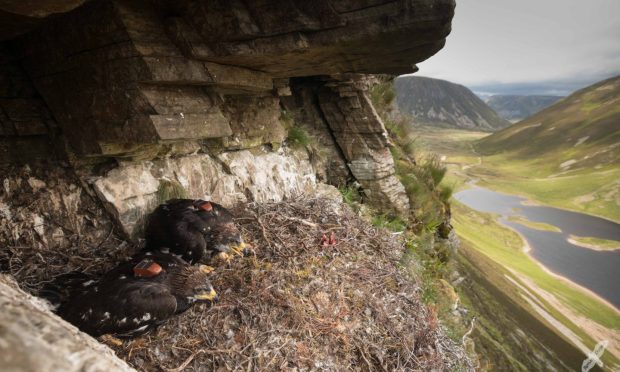

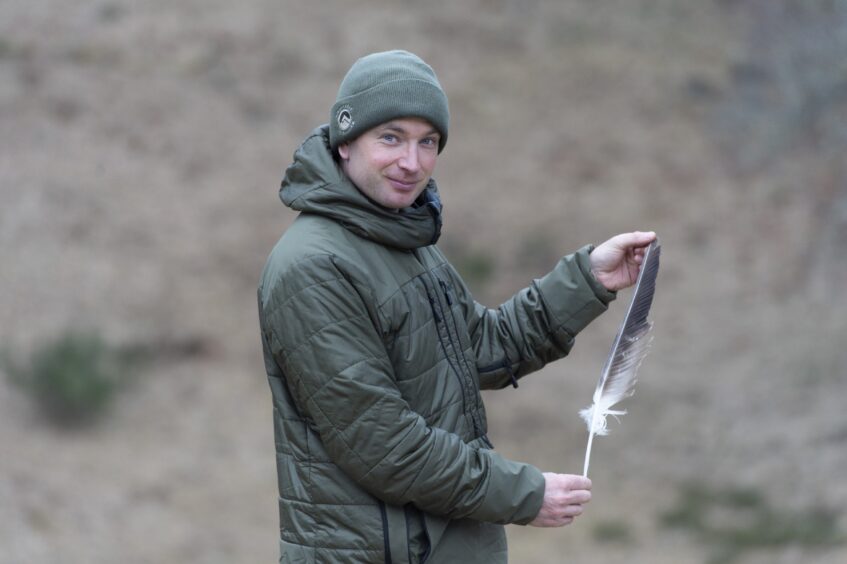
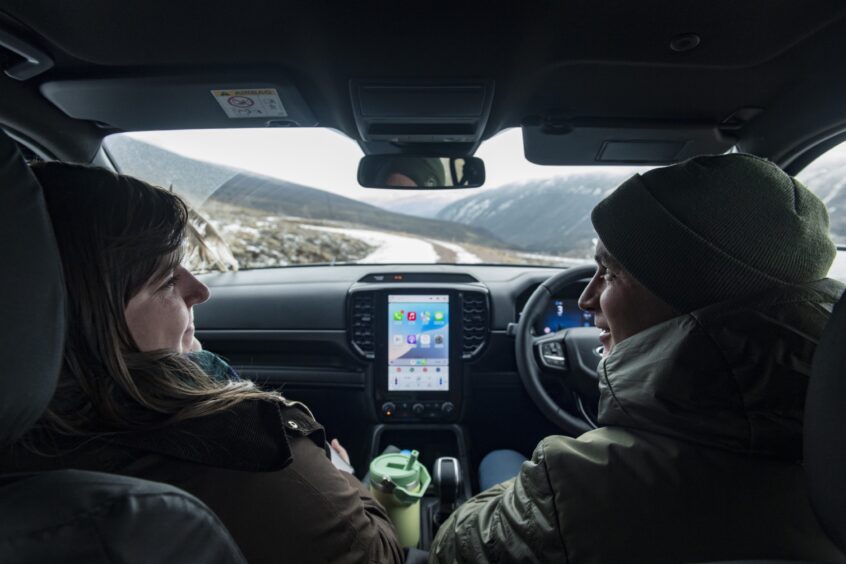
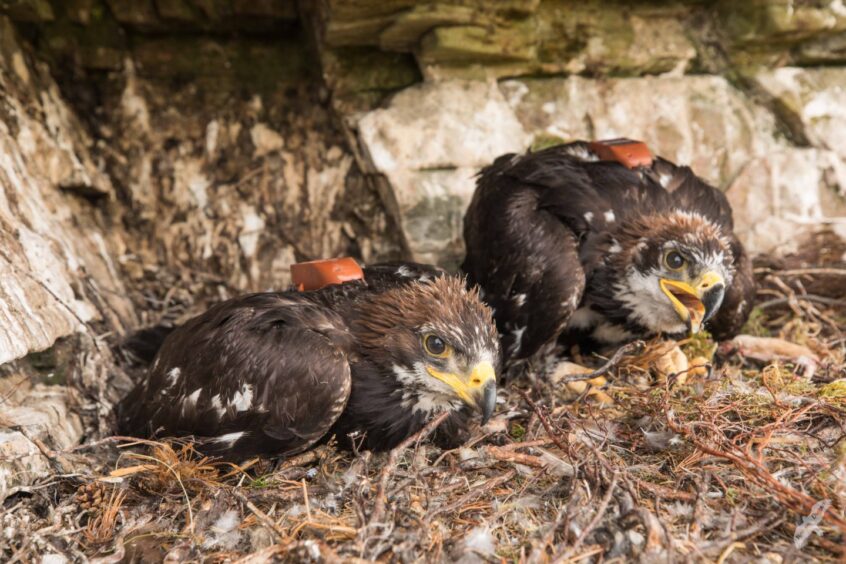
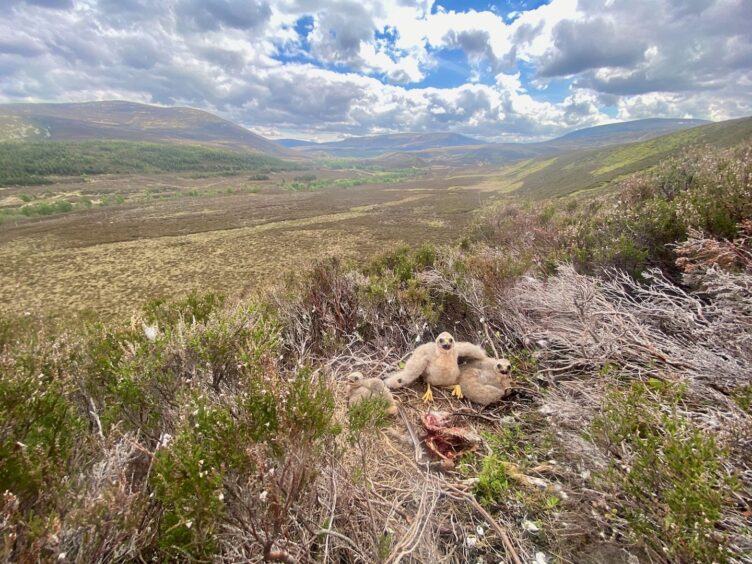
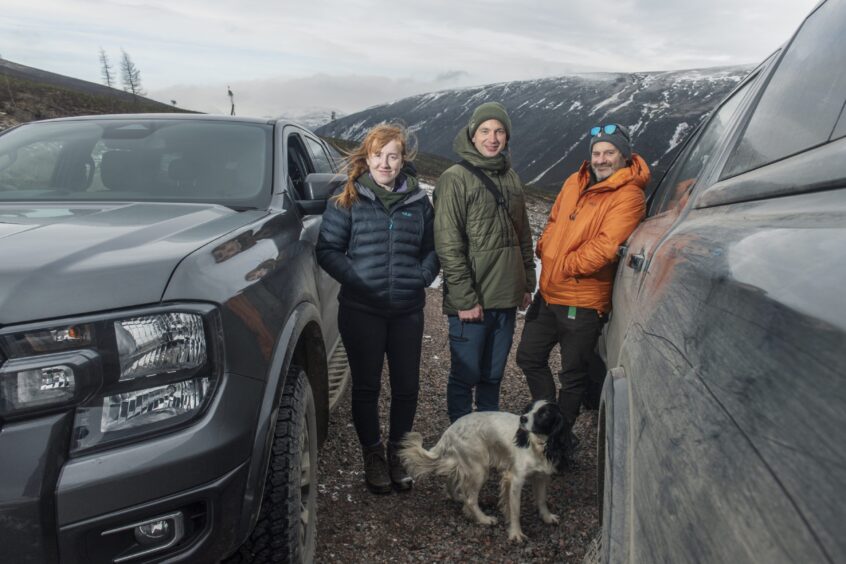
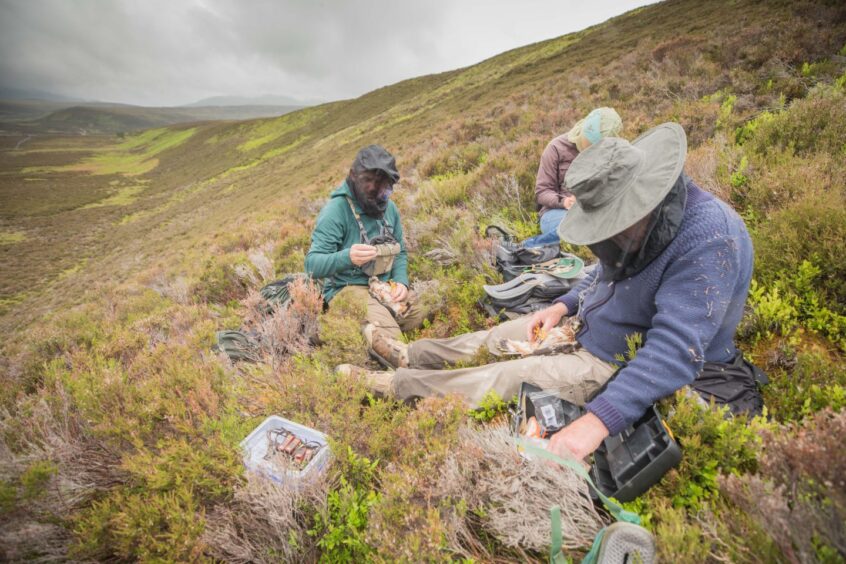
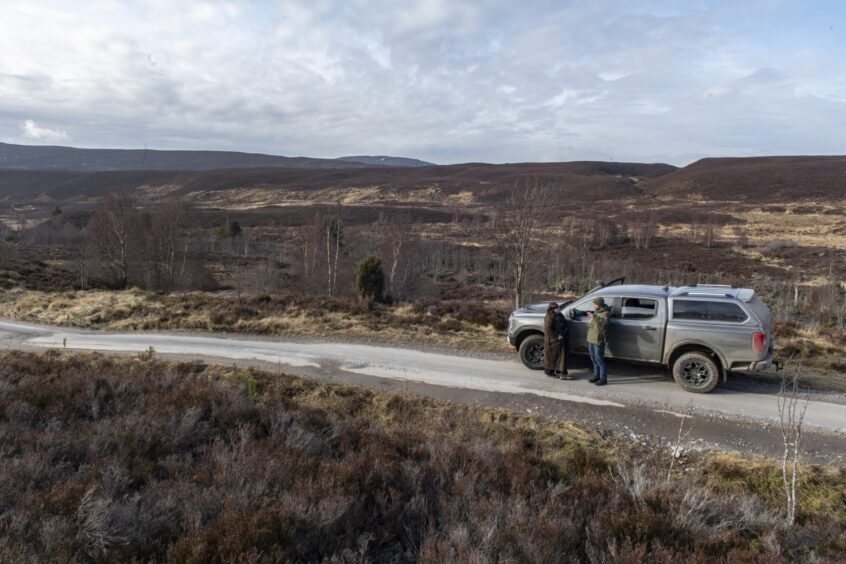

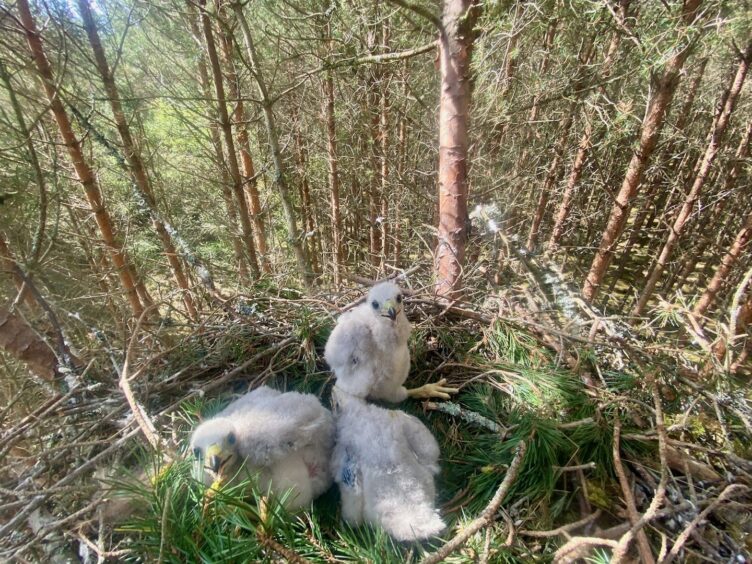
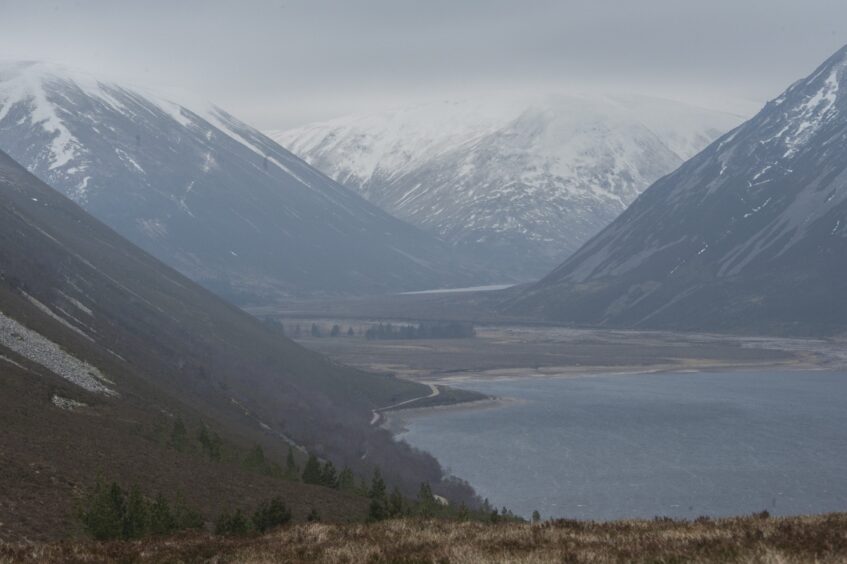
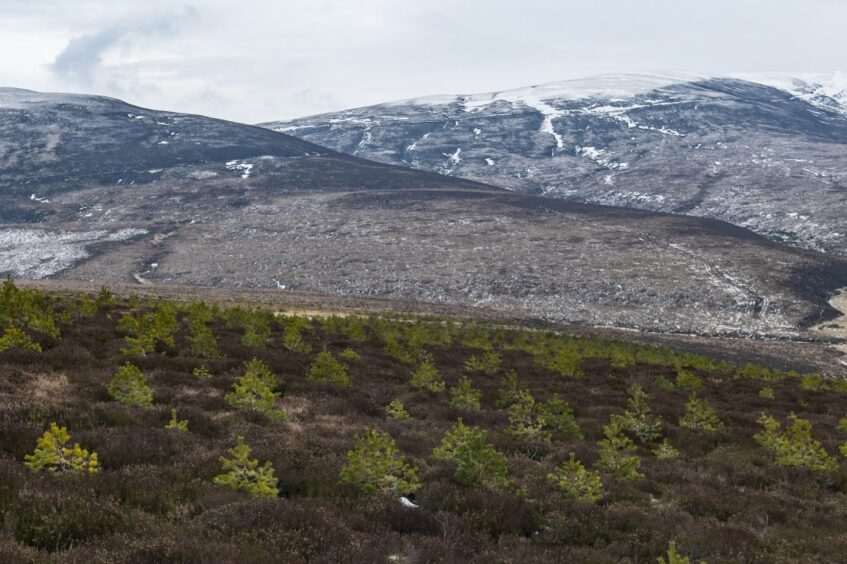
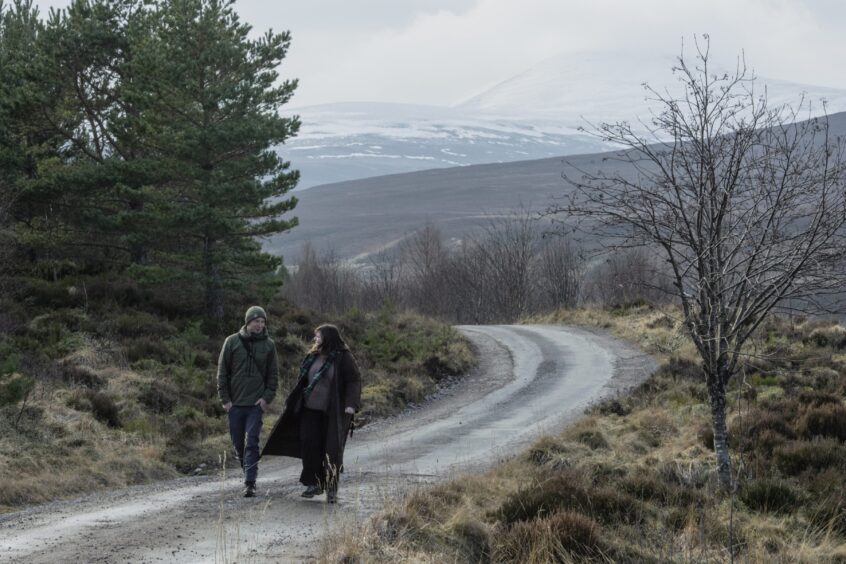
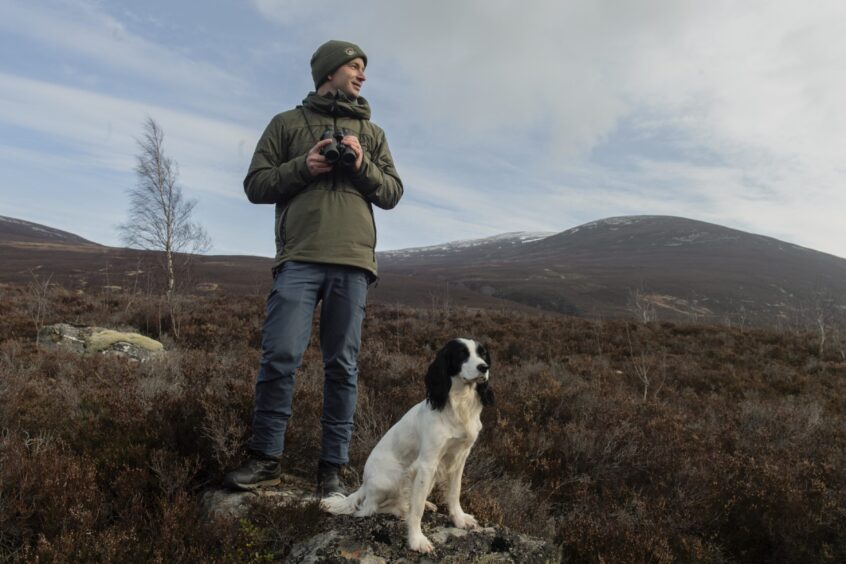
Conversation